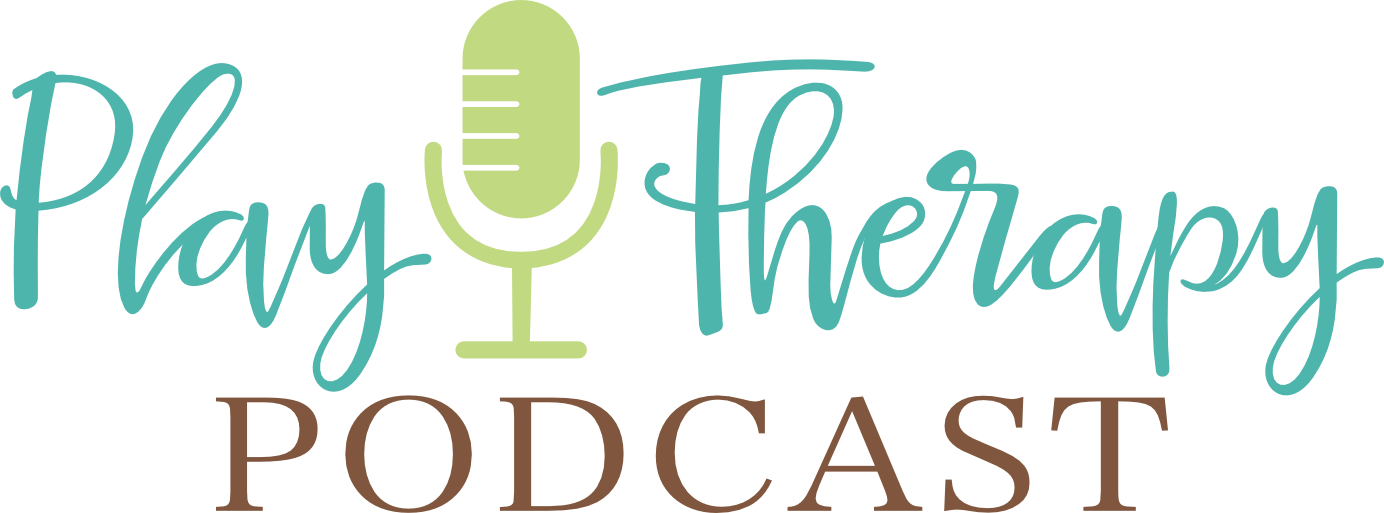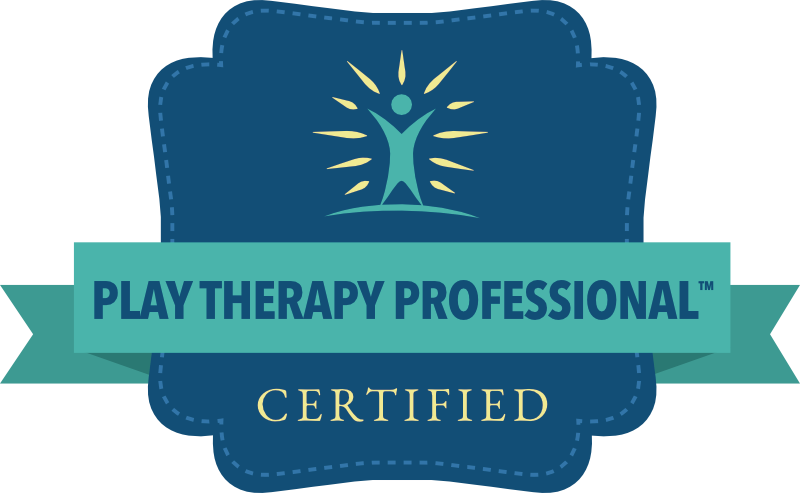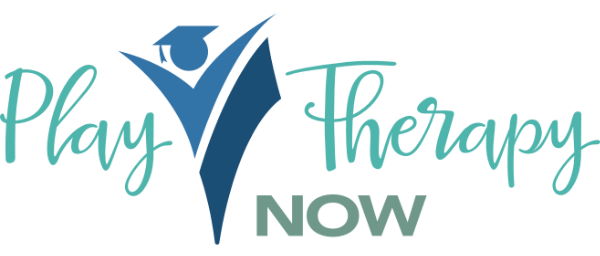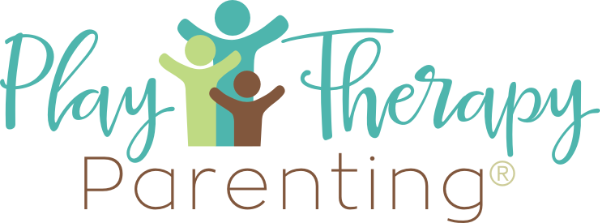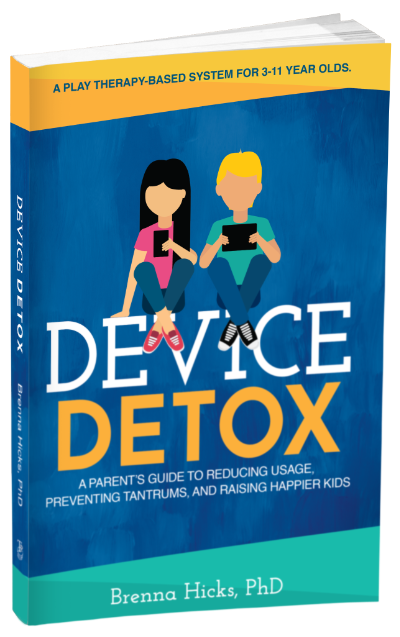Making the Transition: How to Shift from Directive to a Child-Centered Play Therapy Approach
In this episode, I discuss how to transition from a directive or eclectic play therapy approach to a fully child-centered play therapy model. I share tips for communicating this change to both parents and the child in a direct, transparent way.
When making this transition with a child you’re already working with, it’s important to acknowledge the upcoming change in approach, explain the reasoning and benefits, and give them space to ask questions. Let them know that moving forward, they will be in charge during play sessions. The child may need an adjustment period to get used to this new dynamic.
I also discuss what to expect during this transition. The strong therapeutic relationship you’ve already built will remain, but in some ways it’s like restarting the process as the child acclimates to having full autonomy and control, which may feel unfamiliar at first. Trust the process and the child’s innate capacity for self-direction. In time, you’ll be amazed to witness the transformative power of fully child-centered play therapy.
While we can’t change the past, I encourage you to draw a line in the sand and commit to a completely child-centered approach moving forward. Seek support and training if needed. When we dedicate ourselves fully to one proven modality, that’s when we can most effectively help the children we serve.
Sign up for my exclusive newsletter at playtherapynow.com. Stay ahead with the latest CCPT CEU courses, personalized coaching opportunities and other opportunities you need to thrive in your CCPT practice!
Ask Me Questions: Call (813) 812-5525, or email: [email protected]
Brenna’s CCPT Hub: https://www.playtherapynow.com
CCPT Collective (online community exclusively for CCPTs): https://ccptcollective.com
Podcast HQ: https://www.playtherapypodcast.com
APT Approved Play Therapy CE courses: https://childcenteredtraining.com
Twitter: @thekidcounselor https://twitter.com/thekidcounselor
Facebook: https://facebook.com/playtherapypodcast
Transitioning from Directive to Child-Centered Play Therapy: A Guide for Therapists
As a play therapist, I’ve noticed that many of my colleagues in the field are making the transition from directive or eclectic approaches to a fully child-centered play therapy model. In this post, I’ll share some insights and tips for those considering making this change in their practice.
Communicating the Change to Parents and Children:
When you decide to shift your approach with a child you’re already working with, it’s crucial to communicate this change to both the parents and the child.
For parents, schedule a consultation to explain your decision, the rationale behind it, and how child-centered play therapy can benefit their child. Be prepared to answer any questions they may have and ensure that they feel comfortable with the new approach.
When discussing the change with the child, be direct and transparent. Acknowledge that things will be different moving forward, and let them know that they will now be in charge during play sessions. Give them space to process this information.
What to Expect During the Transition:
As you make the shift to child-centered play therapy, it’s important to understand that the process may feel like starting anew in some ways. While the strong therapeutic relationship you’ve built with the child will remain, they may need time to adjust to having full autonomy and control in the play room.
Trust the process and the child’s innate capacity for self-direction. Some children may be hesitant at first, while others will dive in enthusiastically. Be patient and consistent in your approach, and in time, you’ll witness the transformative power of child-centered play therapy.
Making the Commitment:
If you’re considering transitioning to a child-centered approach, I encourage you to draw a line in the sand and fully commit to this proven modality. While we can’t change the past, we can dedicate ourselves to providing the best possible care for the children we serve moving forward.
Seek out support, training, and resources to help you navigate this transition. Surround yourself with a community of like-minded therapists who can offer guidance and encouragement along the way.
Conclusion:
Transitioning from a directive or eclectic approach to child-centered play therapy can be a transformative experience for both therapists and the children they work with. By communicating openly with families, trusting the process, and fully committing to this modality, you can create a space where children feel empowered to lead their own healing journey.
Remember, when we dedicate ourselves fully to one proven approach, that’s when we can most effectively help the children we serve. Embrace the power of child-centered play therapy, and watch as the children in your practice thrive.
